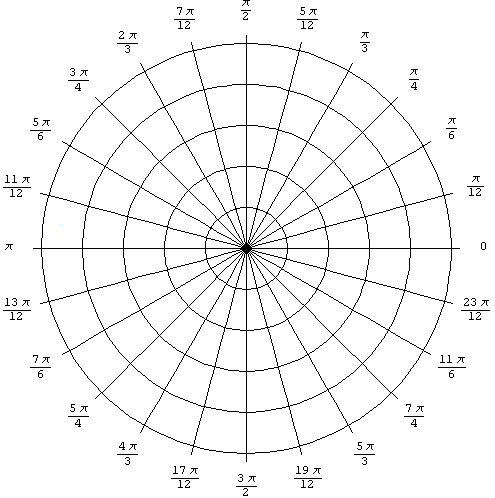How do I multiply 3cis(pi/4) and 5cis(5pi/6)?
I'm not sure how to answer this question.
Multiply #3cis(pi/3) and 5cis((5pi)/6)# .
The answer I get is #15cis((7pi)/6)# but the argument has to be #-pi < arg(z) <= pi# .
How do I change the argument to keep it within the restrictions?
Please help!
Thank you :)
I'm not sure how to answer this question.
Multiply
The answer I get is
How do I change the argument to keep it within the restrictions?
Please help!
Thank you :)
2 Answers
The answer is
Explanation:
In your calculations, you took
Reminder
By definition, and by Euler's relation
Therefore,
and
So,
as
Make a drawing on the unit circle

Explanation:
#"Given "z_1=r_1(costheta_1+isintheta_1)" and"#
#z_2=r_2(costheta_2+isintheta_2)#
#z_1z_2=r_1r_2(cos(theta_1+theta_2)+isin(theta_1+theta_2))#
#rArr3cis(pi/4)xx5cis((5pi)/6)#
#=15cis(pi/4+(5pi)/6)#
#=15cis((13pi)/12)#
#-pi< theta<=pi#
#((13pi)/12)"has related acute angle "(pi/12)#
#rArr-pi+pi/12=-(11pi)/12to(-pi< theta<=pi)#
#rArr15(cos((-11pi)/12)+isin((-11pi)/12))#
#["note that "cos(-x)=cosx" and "sin(-x)=-sinx]#
#=15(cos((111pi)/12)-isin((11pi)/12))#

